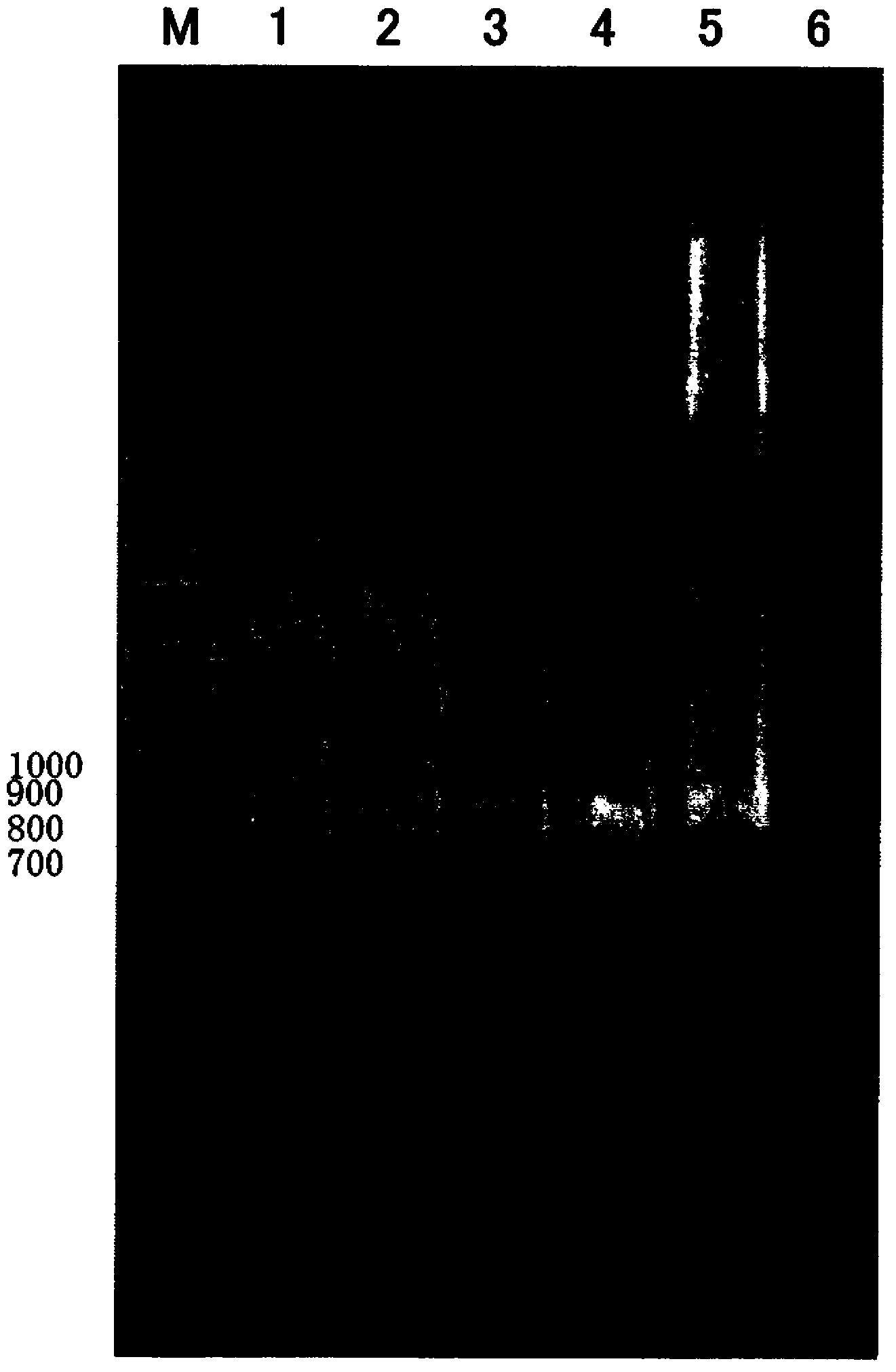Novel promoter for use in transformation of algae
A genetic transformation method and promoter technology, which are applied in the direction of introducing foreign genetic material, unicellular algae, biochemical equipment and methods using vectors, etc., can solve the problems such as no reports of successful genetic transformation of Xenorhabdus spp., and achieve high photosynthesis. effect of ability
- Summary
- Abstract
- Description
- Claims
- Application Information
AI Technical Summary
Problems solved by technology
Method used
Image
Examples
preparation example Construction
[0049] As a preparation method of the carrier of the present invention, a usual method can be used. For example, each of the above-mentioned sequences and the donor vector may be cleaved with a restriction endonuclease, annealed, and then ligated with a DNA ligase. Alternatively, each sequence can also be cloned into a vector by a simple known method using a clonase reaction.
[0050] The method for genetic transformation of algae according to the present invention is characterized by comprising the steps of preparing the vector and introducing the vector into algae cells.
[0051] The preparation method of the carrier of the present invention is as described above, and methods known to those skilled in the art can be used.
[0052] As a method for introducing the vector of the present invention into algae cells, known methods such as gene gun method, glass bead stirring method, microinjection method, Agrobacterium method (Agrobacterium method), lithium acetate method, calciu...
Embodiment 1
[0057] The separation of the ClorDNA virus promoter that the present invention relates to
[0058] (1) Extraction of genomic DNA of viruses that infect marine algae
[0059] According to Tomaru, Y. et al., Aquatic Microbial Ecology, vol.50, pp.103-112 (2008) method recorded, from the central order diatom chaetoceros cf. lorenzianus) DNA virus (ClorDNA virus) genome extraction.
[0060] Specifically, first, the virus liquid (10 mL) was filtered through a 0.22 μm filter (Millex-GS, manufactured by MILLIPORE, pore size: 0.22 μm) to remove fragments of algae cells and the like. A 40% polyethylene glycol 6000 solution (manufactured by Woko) was added to the obtained filtrate so that the final concentration became 10 w / v%, and it was left to stand at 4° C. overnight. The solution was transferred to a centrifuge tube (Nalgen, UltraBottle Assemblies), centrifuged at 57,000×g, 4°C for 1.5 hours using an ultracentrifuge (Beckman, Ultracentrifuge L8-70M), and the supernatant was remove...
Embodiment 2
[0066] Preparation of the carrier containing the ClorDNA virus promoter involved in the present invention
[0067] (1) Preparation of each imported clone plasmid
[0068] Using the Multisite Gateway (registered trademark) Pro Kit (manufactured by Invitrogen Co., Ltd.), the ClorDNA virus promoter obtained in the above-mentioned Example 1 and the nourthricin-resistant gene (nat) (Poulsen , N. et al., Jornal of Phycology, 42, pp1059-1065.(2006)), and the fcp terminator of Thlassiosira pseudonana (Poulsen, N. et al., Jornal of Phycology, 42, pp 1059- 1065. (2006)) import cloning plasmid.
[0069]Specifically, using the High pure PCR Cleanup Micro Kit (manufactured by Roche), according to its instruction manual, the ClorDNA virus promoter solution obtained in the above Example 1 having the attB sequence necessary for the clonase reaction for constructing the plasmid was purified. Refined. Next, this solution (50 fmoles) was mixed with a donor vehicle (manufactured by Invitrogen,...
PUM
| Property | Measurement | Unit |
|---|---|---|
| particle size | aaaaa | aaaaa |
Abstract
Description
Claims
Application Information
 Login to View More
Login to View More - R&D
- Intellectual Property
- Life Sciences
- Materials
- Tech Scout
- Unparalleled Data Quality
- Higher Quality Content
- 60% Fewer Hallucinations
Browse by: Latest US Patents, China's latest patents, Technical Efficacy Thesaurus, Application Domain, Technology Topic, Popular Technical Reports.
© 2025 PatSnap. All rights reserved.Legal|Privacy policy|Modern Slavery Act Transparency Statement|Sitemap|About US| Contact US: help@patsnap.com



